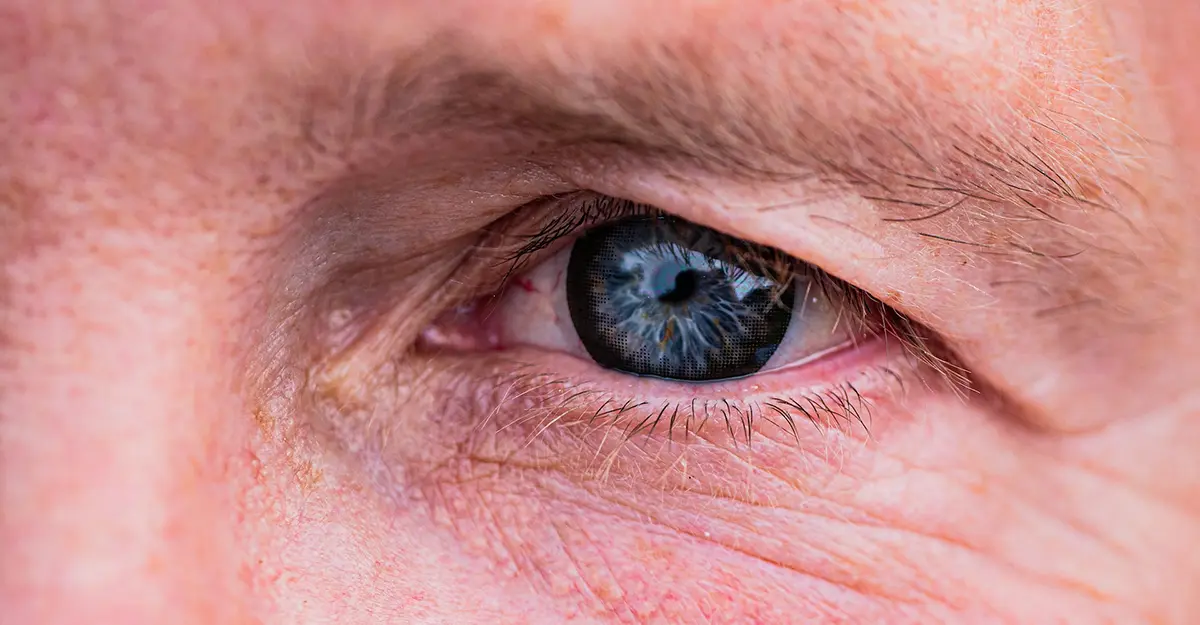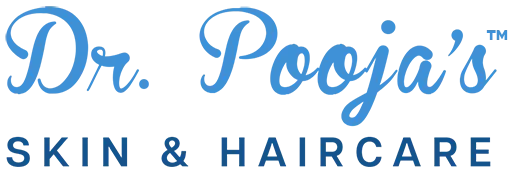Your cart is currently empty!

Wrinkles have always been a part of our lives, yet their acceptance has evolved over time and varies across different regions and social groups. I often field the question: what causes wrinkles from my patients. I’ve also observed a rising demand for anti-wrinkle solutions among patients in their late twenties to early thirties. Nonetheless, some individuals remain nonchalant, showing no concern about wrinkles.
Some wrinkles evolve into deeper furrows, particularly in areas of constant movement and expression like around the eyes, mouth, on the forehead, and along the neck. Recognizing the factors that contribute to wrinkle formation is essential in developing effective prevention and treatment strategies.
Main Factors of What Causes Wrinkles
1. Aging: Natural Progression
Aging is the foremost cause of wrinkles. As the years pass, our skin undergoes a natural transformation – it becomes less elastic and increasingly fragile. This is partly due to a reduction in the production of natural oils, which leaves the skin dryer and more prone to wrinkling. Additionally, Collagen, elastic as well as fat present in the deeper skin layers diminishes over time, causing the skin to become looser and leading to more pronounced lines and creases. This loss of volume and elasticity leads to visible signs of aging like fine lines, wrinkles, folds and sagging etc.
2. Sun Exposure: External Accelerator
Sun exposure is a critical external factor that accelerates the aging process, directly contributing to early wrinkle formation. Ultraviolet (UV) rays from the sun penetrate the skin, breaking down its collagen and elastin fibers in the dermis. This breakdown of the skin’s structural components leads to a loss of strength and flexibility, causing the skin to sag and form wrinkles prematurely. Regular and prolonged exposure to UV light compounds this effect, emphasizing the importance of daily sun protection in skincare routines.
3. Smoking: Collagen Reducer
Smoking accelerates the skin’s normal aging process, significantly contributing to the formation of wrinkles. The harmful chemicals in tobacco smoke affect collagen production – the essential protein that provides structure and elasticity to the skin. Smoking not only reduces collagen production but may also damage the existing collagen, leading to early skin aging and the development of wrinkles.
4. Repeated Facial Expressions: Muscle Memory Effect

Facial expressions like smiling or squinting lead to fine lines and wrinkles due to repeated muscle movements. Each time a facial muscle is used, a groove forms beneath the skin’s surface. As the skin ages and loses elasticity, it doesn’t bounce back to its original state as efficiently, making these lines more permanent. Over time, these expression lines can deepen, becoming more noticeable and permanent.
5. Dehydration: Moisture Factor
Dehydration significantly contributes to wrinkle formation. When skin lacks adequate moisture, it appears more wrinkled, and existing lines become more prominent. Maintaining hydration is crucial for a plump, youthful complexion. It’s essential to hydrate both internally by drinking enough water and externally by using moisturizing products.
6. Environmental Factors: Unseen Aggressors
Environmental elements like pollution and harsh weather conditions can also accelerate the skin’s aging process. Pollutants and other environmental factors can strip the skin of its natural protective barrier, leading to a loss of elasticity and moisture. This environmental assault on the skin can result in premature aging and increased wrinkle formation.

7. Genetic Factors: Inherited Influence
Genetics plays a significant role in how our skin ages and develops wrinkles. It determines an individual’s Fitzpatrick skin type (I to VI, from lighter to darker skin), which, in turn, influences how their skin responds to UV radiation, ultimately affecting the rate at which their skin ages. Some individuals may have a genetic predisposition that makes them more likely to develop wrinkles earlier or more prominently than others. Understanding one’s genetic makeup can be a key factor in tailoring skincare and preventive measures.
8. Poor Nutrition: Role of Diet
A diet deficient in essential nutrients, particularly fruits and vegetables, can negatively impact skin health. Poor nutrition can result in damage to the skin’s DNA and accelerate the aging process, contributing to the development of wrinkles. A balanced diet rich in vitamins, minerals, and antioxidants is crucial for maintaining skin resilience and delaying the signs of aging.
By understanding these causes, one can take proactive steps in their skincare and lifestyle choices to not only treat but also prevent premature wrinkling. Adopting a holistic approach that includes sun protection, a healthy diet, hydration, and avoiding smoking can significantly help maintain smoother, more youthful skin.
For an effective solution to wrinkles and other skin issues, read this.
Discover Dr. Pooja’s Trqois Terra Intense Nourishing Under-Eye Cream, a nature-based solution for achieving a safe, youthful, and refreshed appearance.
References
- Farage, M. A., Miller, K. W., Elsner, P., & Maibach, H. I. (2008). Intrinsic and extrinsic factors in skin ageing: a review. International Journal of Cosmetic Science, 30(2), 87-95.
- Rittié, L., & Fisher, G. J. (2002). UV-light-induced signal cascades and skin aging. Ageing Research Reviews, 1(4), 705-720.
- Morita, A. (2007). Tobacco smoke causes premature skin aging. Journal of Dermatological Science, 48(3), 169-175.
- Alam, M., Barrett, K. C., Hodapp, R. M., & Arndt, K. A. (2008). Botulinum toxin and the facial feedback hypothesis: can looking better make you feel happier? Journal of the American Academy of Dermatology, 58(6), 1061-1072.
- Verdier-Sévrain, S., & Bonté, F. (2007). Skin hydration: a review on its molecular mechanisms. Journal of Cosmetic Dermatology, 6(2), 75-82.
- Krutmann, J., Liu, W., Li, L., Pan, X., Crawford, M., Sore, G., & Seite, S. (2014). Pollution and skin: from epidemiological and mechanistic studies to clinical implications. Journal of Dermatological Science, 76(3), 163-168.
- Makrantonaki, E., & Zouboulis, C. C. (2007). Molecular mechanisms of skin aging: state of the art. Annals of the New York Academy of Sciences, 1119(1), 40-50.
- D’Orazio, J., Jarrett, S., Amaro-Ortiz, A., & Scott, T. (2013). UV Radiation and the Skin. International Journal of Molecular Sciences, 14(6), 12222–12248.
- Cosgrove, M. C., Franco, O. H., Granger, S. P., Murray, P. G., & Mayes, A. E. (2007). Dietary nutrient intakes and skin-aging appearance among middle-aged American women. The American Journal of Clinical Nutrition, 86(4), 1225-1231.
Featured image: Photo by Katelyn Greer on Unsplash.











Leave a Reply